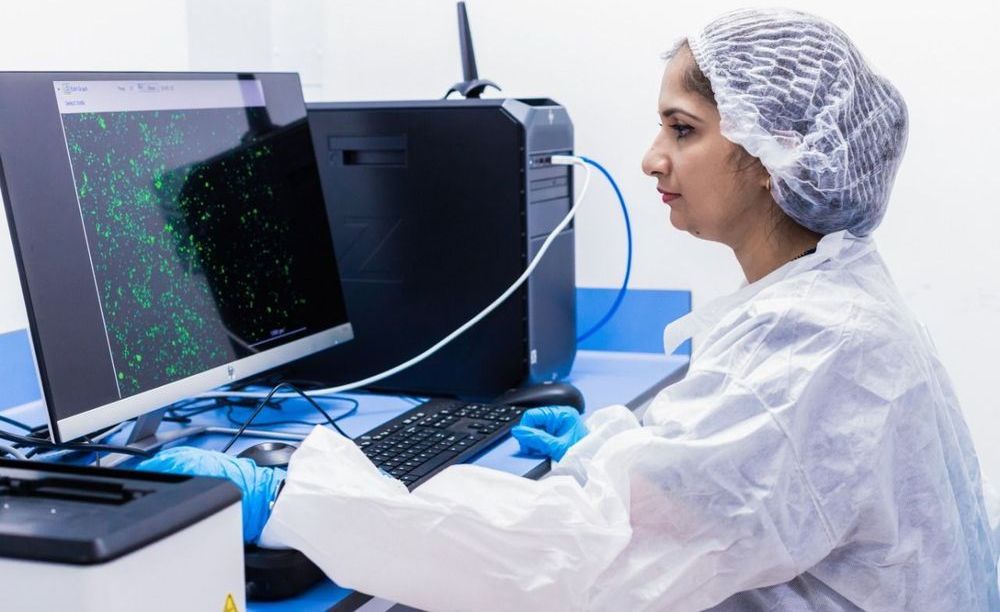The new coronavirus invades the body through a spike protein that lives on the surface of virus cells. The S protein, as it’s called, binds to a receptor called angiotensin-converting enzyme 2 (ACE2) on a healthy cell’s surface. Once attached, the cells fuse and the virus is able to infect the healthy cell.
ACE2 receptors are present on cells in many places throughout the body, and especially in the lungs. Cells in the lungs are also some of the first to encounter the virus, since the primary form of transmission is thought to be breathing in droplets after an infected person has coughed or sneezed.
That’s why it was necessary to upgrade Stem Cell Neurotherapy for COVID-19 by adding T-Cells, B-Cells, and Natural Killer Cells to the arsenal. It was not enough to just regenerate new lung cells to replace the lung cells infected by COVID-19, but the COVID-19 Virus Cells had to be attacked and destroyed in order to prevent them from invading and infecting the newly regenerated lung cells.
So, that’s where the idea of using T-Cells, B-Cells, and Natural Killer Cells, usually used in attacking cancer cells, came from.
A patent has been granted by the Ministry of Economy for the development of an innovative and promising treatment for COVID-19 infections using stem cells. The treatment was developed by a team of doctors and researchers at the Abu Dhabi Stem Cell Center, ADSCC, and involves extracting stem cells from the patient’s own blood and reintroducing them after activating them.
The patent was granted for the innovative method in which the stem cells are collected.






